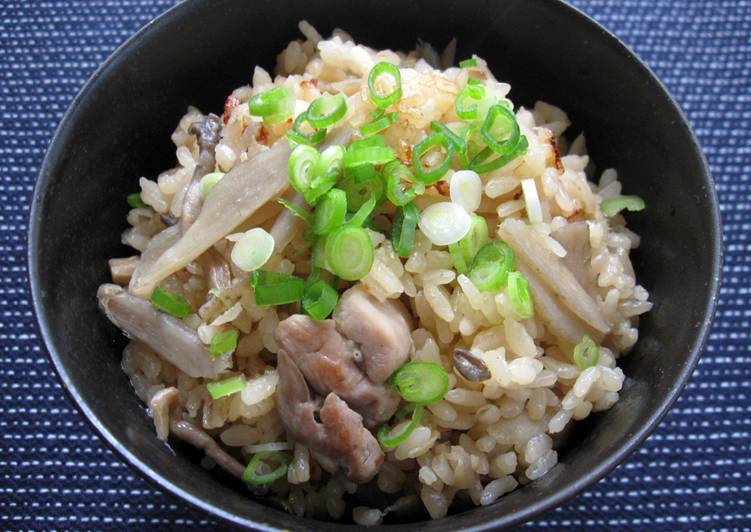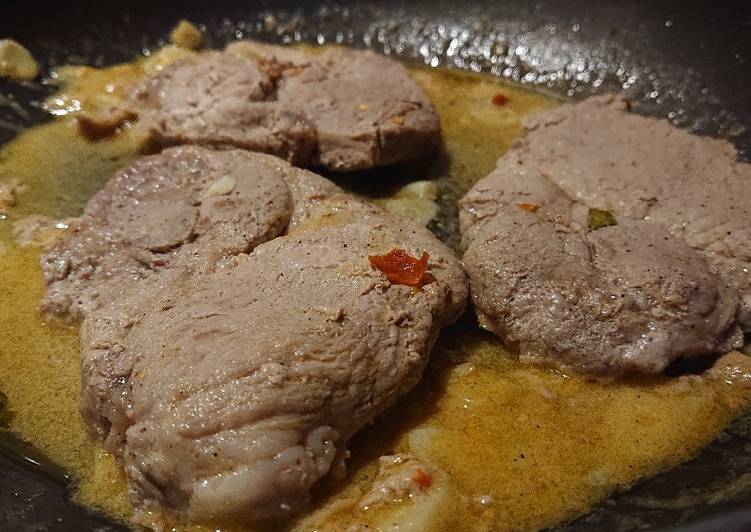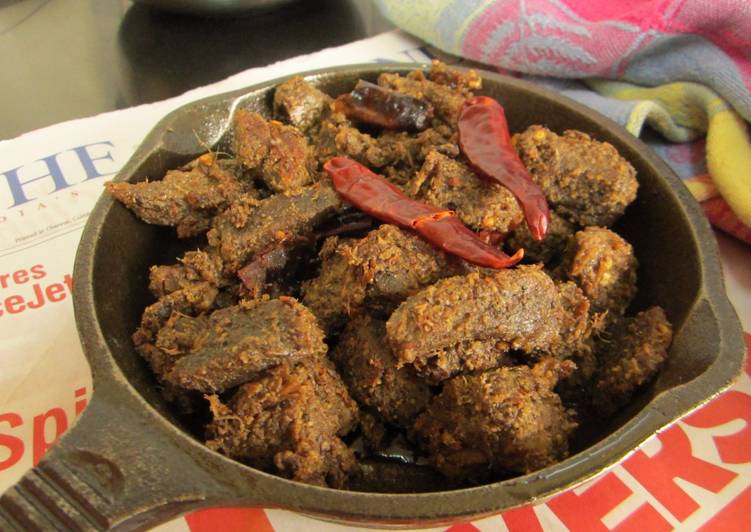
Hey everyone, it is me again, Dan, welcome to my recipe page. Today, I’m gonna show you how to make a special dish, chicken & gobō takikomi gohan. It is one of my favorites food recipes. For mine, I’m gonna make it a little bit tasty. This is gonna smell and look delicious.
Chicken & Gobō Takikomi Gohan is one of the most popular of current trending meals in the world. It’s appreciated by millions daily. It is easy, it’s quick, it tastes yummy. They’re nice and they look wonderful. Chicken & Gobō Takikomi Gohan is something that I have loved my whole life.
The chicken (Gallus gallus domesticus) is a type of domesticated fowl, a subspecies of the red junglefowl (Gallus gallus). Chickens are one of the most common and widespread domestic animals. Перевод слова chicken, американское и британское произношение, транскрипция, словосочетания, примеры использования. chicken [ˈtʃɪkɪn]Существительное. chicken / chickens. Chicken definition: Chickens are birds which are kept on a farm for their eggs and for their meat.
To get started with this recipe, we must first prepare a few components. You can cook chicken & gobō takikomi gohan using 12 ingredients and 7 steps. Here is how you can achieve it.
The ingredients needed to make Chicken & Gobō Takikomi Gohan:
- Get 200 g Chicken Thigh Fillets *cut into small pieces
- Prepare 100 g Gobō (Burdock Root)
- Take 1 small piece Ginger *sliced into fine strips
- Make ready 100-150 g Shimeji
- Make ready 1-2 teaspoons Sesame Oil OR Vegetable Oil
- Prepare 2 tablespoons Soy Sauce
- Get 2 tablespoons Sake (Rice Wine)
- Get 1 tablespoon Mirin
- Make ready 2 cups (*180ml cup) Japanese Short Grain Rice
- Take Water
- Prepare 1/2 teaspoon Salt
- Prepare 1 Spring Onion *finely chopped
How to use chicken in a sentence. The chicken is a type of domesticated fowl, a subspecies of the red junglefowl. Chicken definition, a domestic fowl, Gallus domesticus, descended from various jungle fowl, especially the red jungle fowl, and developed in a number of breeds for its flesh, eggs, and feathers. There are no rules set in stone at the moment, just use common sense and be nice.
Instructions to make Chicken & Gobō Takikomi Gohan:
- Wash Gobō and use the back of a knife to scrape Gobō skin off. Do not remove too much skin. Thinly slice it diagonally, OR the common technic to slice Gobō is to shave it as if you were sharpening a pencil with a knife.
- Place the sliced Gobō in cold water and set aside for a while. Unpleasant taste will come out and water will turn slightly brown. Drain well.
- Heat Oil in a frying pan over medium heat, cook Chicken, Gobō, Ginger and Shimeji for a few minutes. Add Soy Sauce, Sake (Rice Wine) and Mirin, and cook for 1 minute and remove from the heat.
- Wash Rice by stirring it thoroughly in water with your hand and drain the water. Repeat this a few more times until water flows through clear.
- Place it into the rice cooker’s inner pot and add the liquid from Chicken, Gobō and Shimeji mixture. Add Water up to the 2-cups-marking. Sprinkle with Salt, and spread Chicken, Gobō and Shimeji on top, but do not stir.
- Press ‘COOK’ button to start cooking. When the rice is cooked, let it steamed for 10 minutes. Then loosen and mix gently.
- Sprinkle with some finely chopped Spring Onion and enjoy.
A community and resource for all aspects of chickens, coops, hatching eggs, raising chickens, chicken discussion. Get your macros and the proper level of protein intake with our award-winning chicken pound! Chickens are common passive mobs found in grassy biomes. Chickens are passive animal mobs that live throughout the Overworld. Chickens are slower than most mobs.
So that’s going to wrap it up for this special food chicken & gobō takikomi gohan recipe. Thank you very much for reading. I’m confident that you will make this at home. There is gonna be more interesting food at home recipes coming up. Remember to save this page on your browser, and share it to your loved ones, friends and colleague. Thank you for reading. Go on get cooking!


